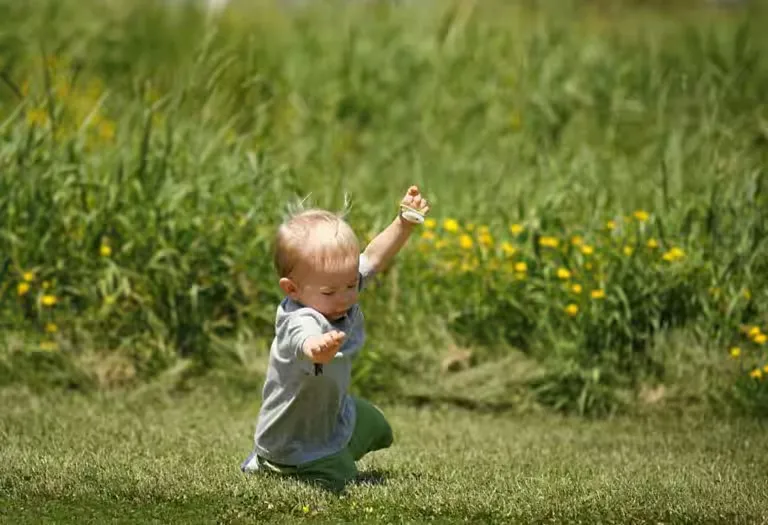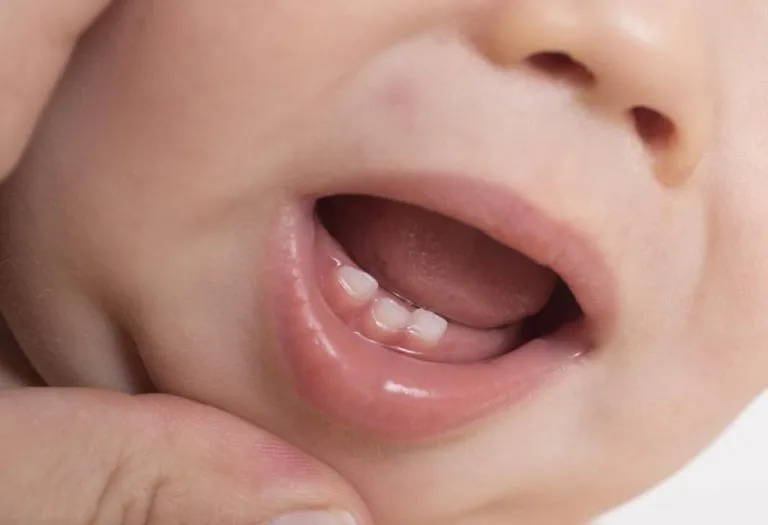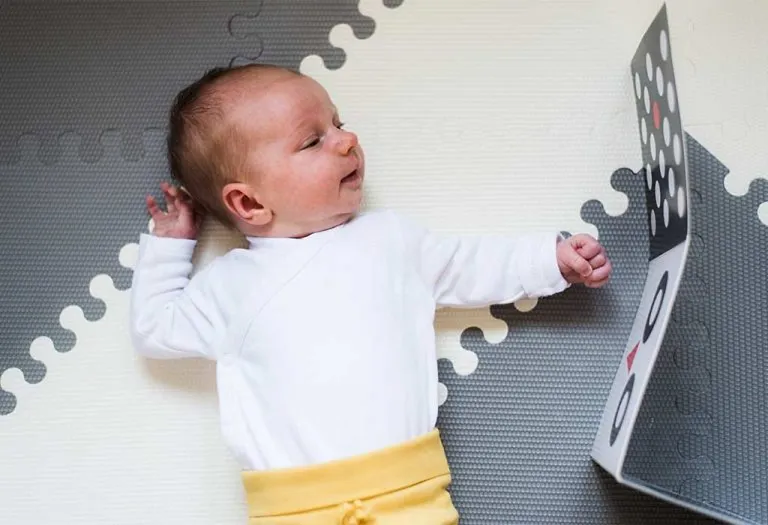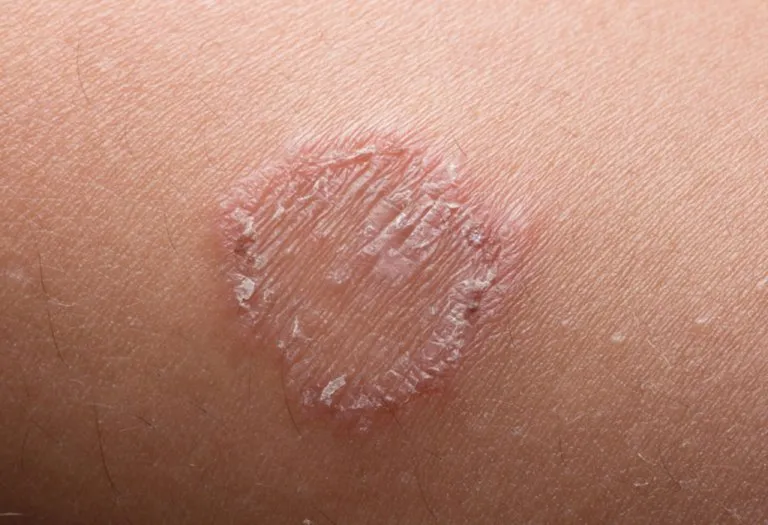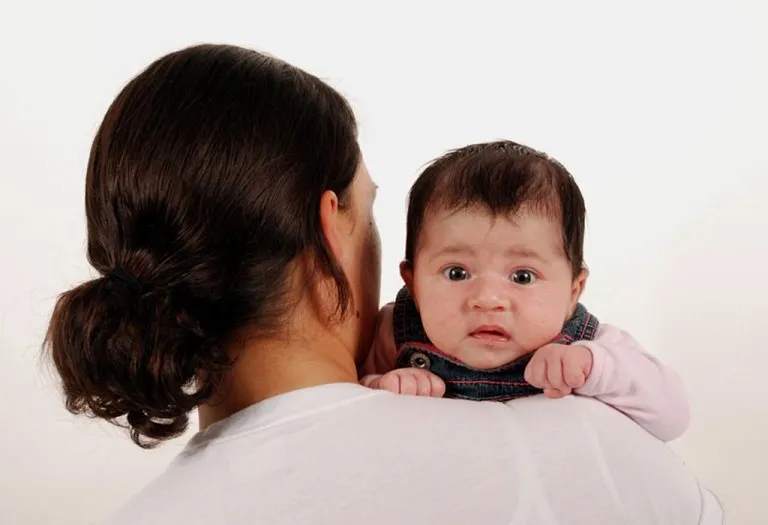Hypotonia (Low Muscle Tone) – Causes, Symptoms and Treatment
Whenever we use our muscles for movement, we either stretch or contract them. The muscle tension here adds resistance to this movement, which is crucial for maintaining posture and coordination. If this muscle tension is higher than normal, it is called hypertonia, and if it is significantly lower, it is referred to as hypotonia. Hypotonia in infants is a condition characterized by reduced muscle tone, often leading to delayed motor development and floppy movements. So, let us remove all the confusion and study hypotonia in toddlers and infants in greater detail, exploring its causes, symptoms, and potential treatments. Understanding these differences helps in early diagnosis and effective management of muscle-related disorders in children.
What Is Hypotonia?
Here’s the meaning of hypotonia. It would be important to understand the meaning of muscle tone to understand hypotonia. Muscle tone is the amount of tension in your muscle when at rest. When children cannot sit properly and keep flopping down, they typically have hypotonia (1). The disease in itself is called floppy infant syndrome. Muscle tone develops during pregnancy; however, premature babies do not have appropriate muscle tone or ‘poor muscle tone’ as they are delivered. However, hypotonia in premature babies is usually temporary due to being delivered before their time.
How Common Is Hypotonia?
Hypotonia, or low muscle tone, is relatively common in infants and can occur as an isolated condition or as a symptom of an underlying neurological, genetic, or metabolic disorder. While exact prevalence rates vary, studies suggest that hypotonia affects a significant number of newborns, with some estimates indicating that it may be present in approximately 1 in 6,000 to 10,000 live births, depending on the cause (1). Benign congenital hypotonia (a milder, non-progressive form) is more frequent, whereas severe cases linked to conditions like cerebral palsy, Down syndrome, or spinal muscular atrophy are rarer.
What Makes Hypotonia Different From Muscle Weakness?
Hypotonia and muscle weakness are often confused, but they are distinct conditions. Muscle hypotonia refers to decreased muscle tone, meaning the muscles feel abnormally limp or “floppy” and offer less resistance to movement, even though strength may be normal. In contrast, muscle weakness involves a reduction in muscle power, where the child (or adult) struggles to generate force, even if muscle tone is normal. A child with hypotonia may have normal strength but appear floppy, while a child with weakness may have normal tone but cannot push, lift, or move against gravity effectively.
Causes of Hypotonia in Babies
Hypotonia is not a condition in itself. It arises from various other health issues. It can be caused due to a birth injury or conditions of the spinal cord, brain, and nerves. These three organs are closely related to muscle development and control.
So, the causes of hypotonia in infants can be (2):
- Cerebral Palsy
- Down Syndrome
- Nerve Damage may be due to birth injury
- Prader-Willi syndrome
- Malformation or brain damage may be due to lack of oxygen supply at the time of birth
- Muscular dystrophy
- Trisomy 13
- Environmental issues or infections
- There is a substance called myelin that covers the nerves. It provides insulation to the nerve fibers and helps carry messages to and from your brain. Supposedly, the myelin gets damaged, the signals travel abnormally.
- In a few cases, it is difficult to determine the cause of hypotonia. It is called benign congenital hypotonia.
Symptoms of Hypotonia
The following are hypotonic symptoms in a baby (3):
- Due to bad control of neck muscles, the head flops.
- Difficulty feeding.
- Difficult to handle the kid due to flopping or limping kid.
- Weak cry
- Very flexible joints
- When the child is lifted, the child feels limp. They might slip through your hands. So, be careful while lifting.
- Not able to take the weight over feet after 4 months of age
- Not able to lift and bend the legs and arms when the child lays on their back.
Impact of Hypotonia on Infants
The following are the impacts of hypotonia on infants (4):
- The child gets tired easily, even after a little physical activity
- Delayed development of gross motor skills’ e.x., a child may not be able to sit by 10 months of age or walk until 18 months of age.
- The child prefers sedentary activities.
- Sometimes the muscles of the mouth might get affected too, which results in delayed speech.
- The child prefers to sit in a rounded shoulder posture.
- The child cannot maintain an upright posture for a long time.
- Swallowing and sucking might be difficult for the child.
- The legs and arms of kids suffering from hypotonia will hang straight. It will not bend at hips, elbows, and knees.
- The child will not be able to bear any weight on their shoulder and leg muscles.
- Hypermobile joints
Diagnosis of Hypotonia in Babies
Since there are multiple causes behind hypotonia, it might take time to diagnose hypotonia. The doctor might ask you a series of questions regarding your family’s genetic and medical history. He will also be keen to know the course of your pregnancy, your delivery details, and whether the child witnessed any seizures after birth. The child will go through a physical examination to check (5):
- Sensory skills
- Motor skills
- Coordination
- Balance
- Reflexes
- Mental status
To be very sure and to draw a conclusion, the doctor might order some tests like:
- Blood tests
- MRI or CT scan of the brain
- EEG or Electroencephalogram to calculate the electrical activity of the brain
- EMG or Electromyography to calculate the performance of the muscles and nerves
- Muscle Biopsy: Here, the doctor will take the kid’s sample of muscle tissue and study it under the microscope.
- Genetic tests
- Spinal Tap: It is used to determine the pressure in the spine. The doctor will also take a sample of the spinal fluid for further testing.
How Is Hypotonia Treated in Babies?

Once the doctor figures out the cause behind the disease, the hypotonia treatment follows. Different types of therapies might help strengthen the muscles and improve coordination. Like (6):
1. Occupational Therapy
It helps the child develop fine motor skills.
2. Sensory Stimulation Program
It helps improve the child’s response to sound, sight, smell, touch, and taste.
3. Physical Therapy
It further enhances the child’s control of their movements. The child might gain strength and improve muscle time with time.
4. Speech-Language Therapy
It is especially for kids with problems in swallowing, breathing, and speaking.
Exercises/Activities to Cure Low Muscle Tone in Babies
The following activities or exercises will help an infant to improve muscle tone:
1. Feed Well
Make sure the child eats properly. Give food in small intervals. If the child requires support while eating, please provide them with proper support.
2. Post Crawling
Once the child has started to crawl, make them crawl on different surfaces. Like carpet, pillows, hardwood, grass, and stairs. But carefully.
3. Toy Positioning
Keep toys in different positions to encourage them to reach the place and get the toys. Once the kid can stand and walk, make them walk on different surfaces. Place toys in a way that the child squat and run to take them.
The following are the activities for a child:
1. Laundry
Make the child pull and push the filled laundry bag around the house. You can fill the bag with toys or anything.
2. Tug of War
Hold the rope from one side and let the child pull it for 10-15 seconds in a go. Put something soft behind them in case they fall.
3. Bouncing
Make the child sit on the therapy ball. Bounce the child up and down. You can also roll the ball front, back, and sideways to up one level.
4. Animal Walks
Make them do crab walks, snake crawl, bear walk, and bunny hop. These walks work on many muscles and help put weight on the joints.
5. The Ball Game
Make them kick, throw, catch and hit the ball.
6. Fine Motor Skills
Make the child do a lot of hand exercises so that later they can write and draw well. Make them use spray bottles to water the plants.
When to Consult a Doctor
The Floppy baby syndrome life expectancy is sometimes quite low. Mostly, hypotonia can be diagnosed at birth. But in a few cases, it does not become clear until they get a little older. The clear sign of hypotonia is: the child not meeting the developmental milestones.
In such a scenario, discuss your child’s growth with the doctor. The doctor will do a physical examination and might ask to conduct a few tests in case of doubt.
In the case of an adult, if sudden symptoms appear, consult a doctor immediately.
Prognosis
The underlying condition defines the outcome of this disease. Hypotonia can be a lifetime disease. Or in some cases, the low muscle tone hypotonia might improve with time. Many milder cases might not even witness developmental delays. Some children might acquire gross motor skills a little late. Most children improve with continuous therapy over time. But few sensitive cases may require wheelchairs or walkers and other assistive equipment for day-to-day activities.
FAQs
1. Is hypotonia linked to autism spectrum disorder (ASD)?
Research suggests a higher prevalence of hypotonia in children with ASD, though it’s not a diagnostic marker. The connection may involve shared neurological pathways, but more studies are needed to understand the relationship fully.
2. Can hypotonia improve or worsen over time?
Prognosis depends on the cause—benign congenital hypotonia often improves with therapy, while progressive disorders (like muscular dystrophy) may worsen. Early intervention (PT, OT) maximizes functional outcomes.
3. Does hypotonia impact breathing or sleep in infants?
Severe hypotonia can weaken respiratory muscles, leading to shallow breathing or sleep apnea. Monitoring with pulse oximetry or interventions like CPAP may be necessary in rare cases to ensure proper oxygenation.
A hypotonic child might need support for daily activities, the most being their parents’ emotional and mental support. Do not compare your child. Do not be saddened that your child’s development is delayed or that your child is a certain way. Be their support. Therapy might improve things over time. Do not panic and listen to what the doctor suggests.
References/Resources:
1. National Library of Medicine – Hypotonia
3. Cleveland Clinic – Hypotonia in Babies
4. Child Neurology Foundation – Hypotonia
5. Boston Children’s Hospital – Muscle Weakness (Hypotonia)
6. Pregnancy, Birth & Baby – Low muscle tone (hypotonia) in babies and toddlers
Also Read:
Torticollis in Infants
Muscle Stretching Exercise for Babies
Neck Strengthening Exercises for Infants
Muscles and Bones Strengthening Exercises for Baby
Was This Article Helpful?
Parenting is a huge responsibility, for you as a caregiver, but also for us as a parenting content platform. We understand that and take our responsibility of creating credible content seriously. FirstCry Parenting articles are written and published only after extensive research using factually sound references to deliver quality content that is accurate, validated by experts, and completely reliable. To understand how we go about creating content that is credible, read our editorial policy here.





